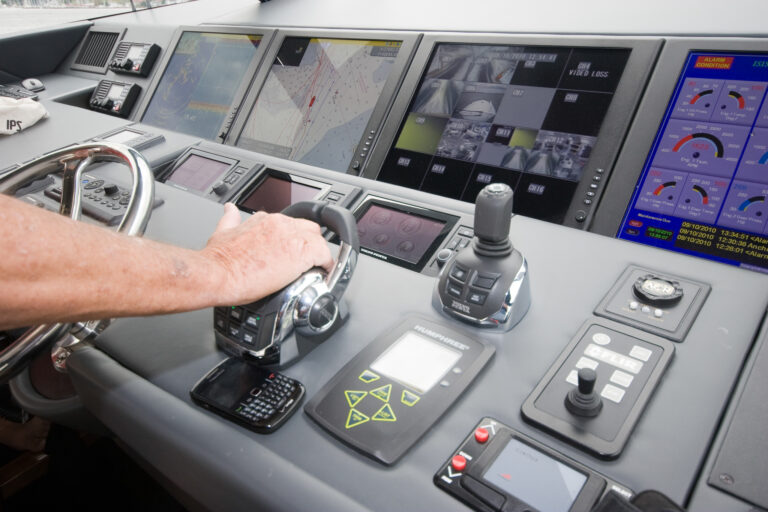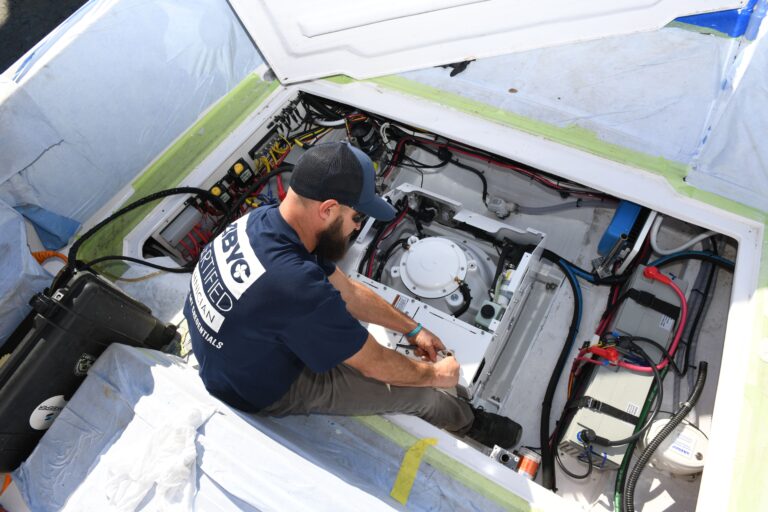
The National Transportation Safety Board is calling for safety changes to passenger vessels after concluding its investigation of a dive boat caught fire in California last year, killing 34 on board.
The NTSB said vessels like the Conception (with overnight accommodations) should be required to have interconnected smoke detectors in all passenger areas.
The board also recommended that a secondary means of escape lead to a different space than the primary exit in case fire blocks both escape paths, as was the case in the Sept. 2, 2019, disaster.
The 75-foot dive boat was anchored in Platt’s Harbor, off Santa Cruz Island, when it caught fire in the early morning — trapping all 33 passengers and one crew member in the berthing area while the fire raged on deck above. Both exits from the berthing area led to the fire and a smoke-filled enclosed area above.

Emergency responders worked to put out the fire and find survivors, but that effort quickly turned into a recovery effort for those who had died. (Read one emergency responder’s account here.)
Investigators said the absence of required roving patrols on the Conception likely delayed the initial detection of the fire, allowed for its growth, thwarted firefighting and evacuation efforts and directly led to the high number of fatalities in the accident.
That conclusion led the NTSB to call on the U.S. Coast Guard to develop and implement an inspection program to verify that roving patrols are being conducted on these types of vessels.
“The Conception may have passed all Coast Guard inspections, but that did not make it safe,” said NTSB chairman Robert Sumwalt in a statement. “Our new recommendations will make these vessels safer, but there is no rule change that can replace human vigilance.”
The recommendations to the Coast Guard would apply to vessels that are under 100 gross tons and have overnight accommodations for 49 or fewer passengers that fall under Subchapter T of federal marine regulations, like the Conception.

The NTSB’s recommendation on interconnected smoke detectors — meaning when one smoke detector alarms the remaining detectors also alarm — also would apply to larger Subchapter K vessels.
While the Conception had smoke detectors in the below-deck berthing area, they were not connected to each other or the wheelhouse, and there were no smoke detectors in the salon, where investigators believe the fire started.
Because of the fire damage to Conception, which burned to the water line and then sank, there was little physical evidence for investigators to establish exactly how, when and where the fire started.
The board also stressed its recommendation for small passenger vessels to be required to implement a safety management system to improve the safety culture of vessel owners and operators.
Read the full investigation report here.











